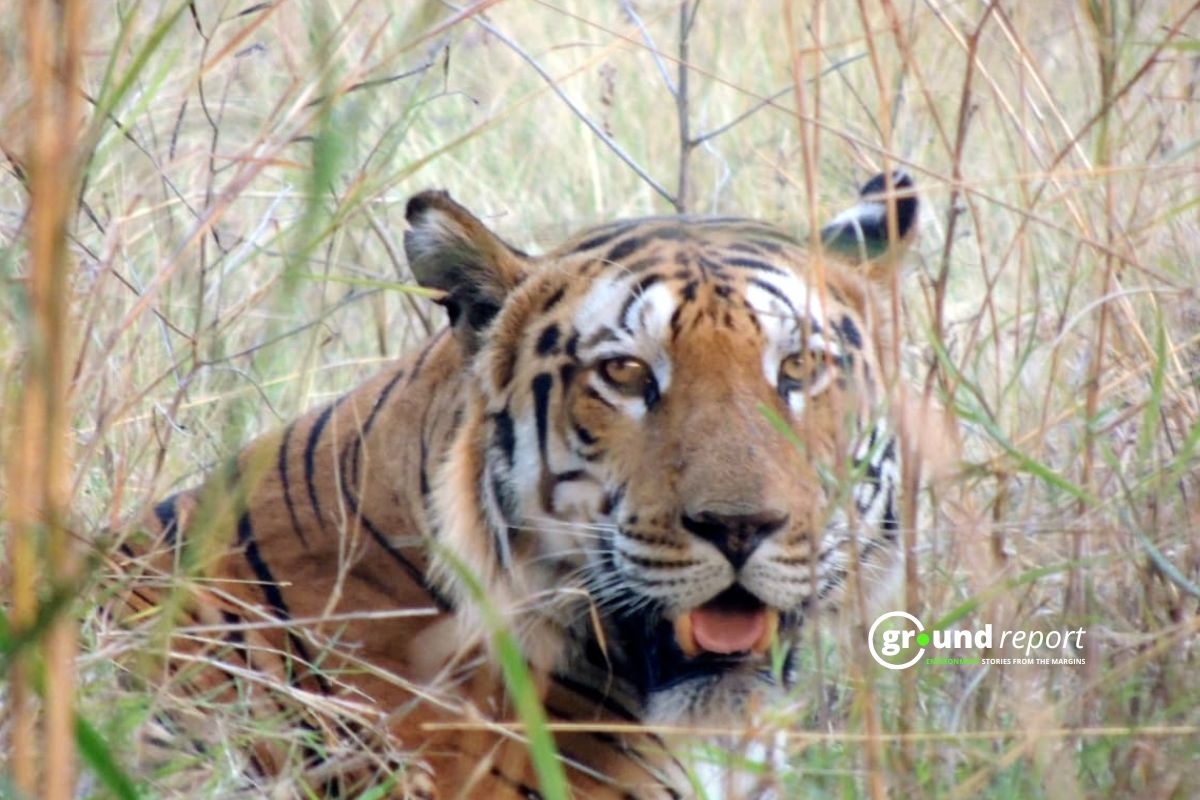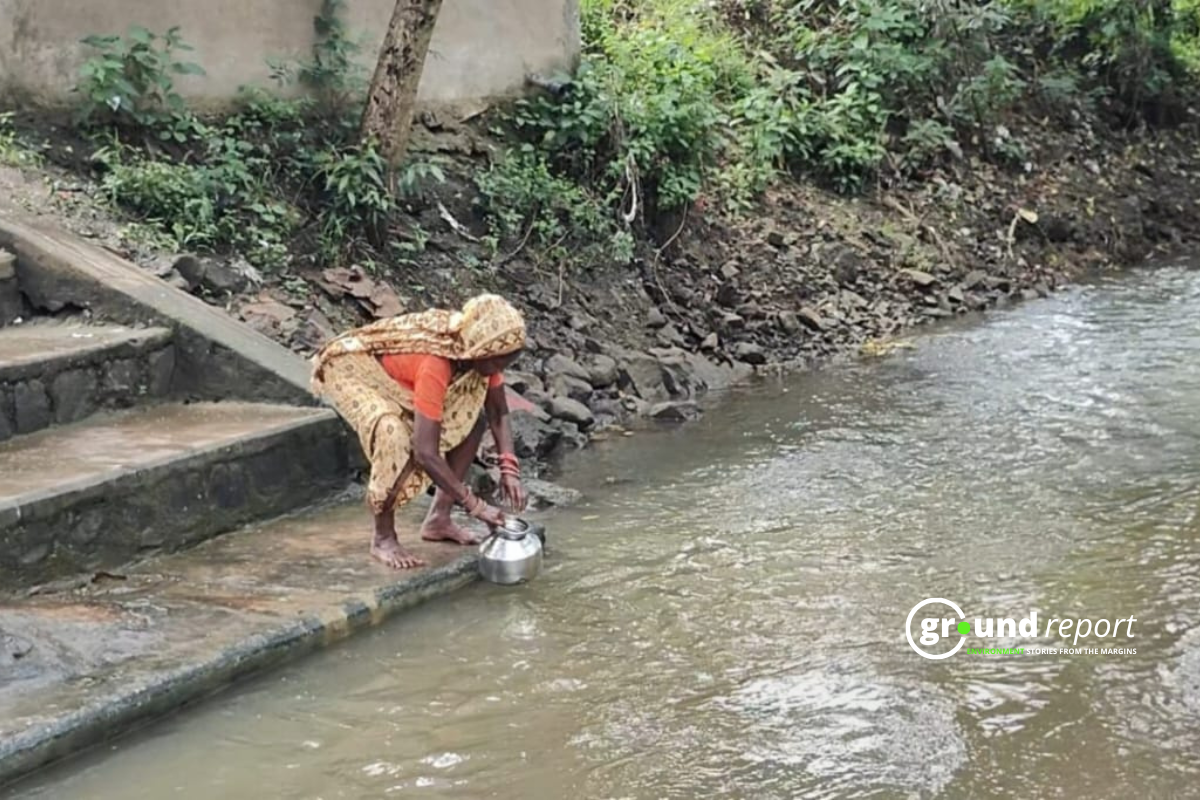Invasive plants can lie dormant for decades or even centuries after entering the environment before spreading rapidly and causing ecological destruction. The research, which is the most extensive of its kind, examined over 5,700 invasive plant species across nine global regions, according to a new study led by the University of California.
The researchers published the research in Nature Ecology and Evolution, which examined more than 5,700 species of invasive plants in nine regions around the globe. Senior author Mohsen Mesgaran, an assistant professor in the Department of Plant Sciences at UC Davis, said that this represents the most comprehensive analysis of plant invasions conducted to date.
Assistant Professor Mohsen Mesgaran from UC Davis’s Department of Plant Sciences highlighted the insidious nature of these plants, stating, “The longer these plants remain unnoticed in their dormant state, the more successful they become at evading detection, only to later emerge as formidable threats to the ecosystem.”
Long periods of dormancy
The study found that roughly one-third of the invasive species analyzed had an average dormancy period of 40 years, with the sycamore maple in the UK holding the record at 320 years. The common lawn weed Plantago lanceolata, also known as ribwort or buckhorn plantain, was introduced to the U.S. in 1822 and has since become widespread. It now poses risks to both domestic animals and indigenous flora.
Another example is velvetleaf, initially introduced as a potential fiber crop, which can remain dormant for up to half a century before spreading and competing with vital crops like corn and soybeans for water and nutrients.

The report states that the common lawn weed Plantago lanceolata, also known as ribwort or buckhorn plantain, has the longest dormancy in the United States. Introducing the noxious plant, harmful to livestock and native plants, to the United States happened in 1822 and it has spread widely since then. Regarding Velvetleaf, people introduced it as a potential fiber crop and it can remain dormant for 50 years before expanding.. It threatens corn, soybean and other crops by absorbing water and nutrients.
Generally, two ways introduce nonnative species: accidentally or intentionally for medicinal, ornamental, agricultural and other purposes. In California, people knowingly introduced about 65% of invasive plants.
Mesgaran said, “This lag phase may have played a role. They didn’t know. The increase in trade, transportation, and tourism will likely prompt more problems.”
Global herbaria
The study notes that various uses, including medicinal, ornamental, and agricultural purposes, either inadvertently or deliberately introduce non-native species. Intentionally, about 65% of invasive plants in California were brought in alone.
Researchers generated a list of invasive plants in Australia, Great Britain, Ireland, Japan, New Zealand, Madagascar, South Africa, Japan and the United States, and accessed global data on the location and time of species observations from digitized and online accessible herbaria records.

They then analyzed trends to determine whether species exhibited dormant phases and, if so, for how long. They applied a time series analysis to detect lag periods, then conducted a second analysis to compare the climate during dormant and expansion phases.
Mesgaran stated that the dormancy periods varied by location in some species that invaded different regions. Climate conditions differed during times when the species spread in 90% of the cases, suggesting the plants either waited for the right conditions or adapted to survive in what was once an unsuitable environment.
Planning for the future
To manage pests and prevent widespread invasion and economic losses in the future, one must understand that problems could arise. Therefore, growers, policymakers, and others should consider dormancy periods.
The findings underscore the importance of considering the dormant phase in pest management strategies to prevent future infestations and economic losses. Mesgaran warns that current models for evaluating invasive species threats often overlook this crucial time interval, likening it to “the calm before the storm.”
The next steps in the research will examine the native climate of invasive species relative to conditions in these newer locations.

Moving forward, the researchers aim to compare the native climates of these invasive species with the conditions in the regions they have infiltrated, providing further insights into their adaptive strategies and potential control measures.
This study serves as a vital wake-up call for policymakers, growers, and conservationists, emphasizing the need for vigilance and proactive measures to combat the silent but impending threat posed by invasive plant species.
Keep Reading
Part 1: Cloudburst in Ganderbal’s Padabal village & unfulfilled promises
India braces for intense 2024 monsoon amid recent deadly weather trends
Support us to keep independent environmental journalism alive in India.
Follow Ground Report on X, Instagram and Facebook for environmental and underreported stories from the margins. Give us feedback on our email id greport2018@gmail.com.
Don’t forget to Subscribe to our weekly newsletter, Join our community on WhatsApp, and Follow our YouTube Channel for video stories.









